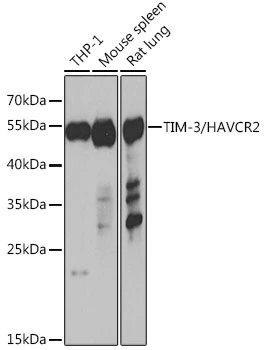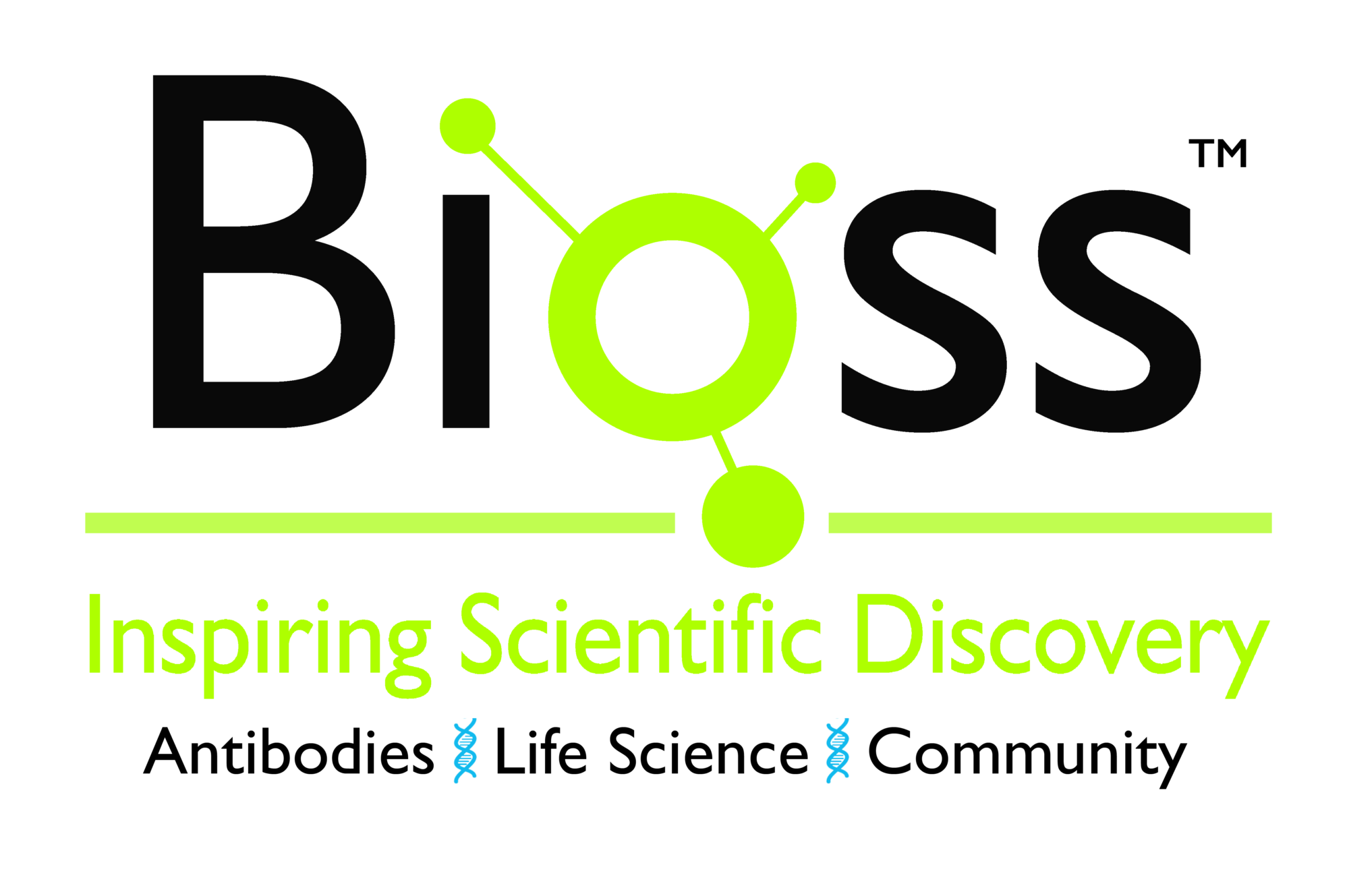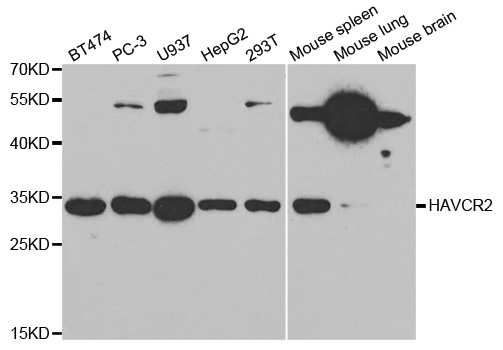
WB analysis of various sample lysates using GTX66011 TIM-3 antibody. Dilution : 1:1000 Loading : 25microg per lane
TIM-3 antibody
GTX66011
ApplicationsWestern Blot
Product group Antibodies
ReactivityHuman, Mouse, Rat
TargetHAVCR2
Overview
- SupplierGeneTex
- Product NameTIM-3 antibody
- Delivery Days Customer9
- Application Supplier NoteWB: 1:500 - 1:2000. *Optimal dilutions/concentrations should be determined by the researcher.Not tested in other applications.
- ApplicationsWestern Blot
- CertificationResearch Use Only
- ClonalityPolyclonal
- ConjugateUnconjugated
- Gene ID84868
- Target nameHAVCR2
- Target descriptionhepatitis A virus cellular receptor 2
- Target synonymsCD366, HAVcr-2, KIM-3, SPTCL, TIM3, TIMD-3, TIMD3, Tim-3, hepatitis A virus cellular receptor 2, T cell immunoglobulin mucin 3, T-cell immunoglobulin and mucin domain 3, T-cell immunoglobulin and mucin domain-containing protein 3, T-cell immunoglobulin mucin family member 3, T-cell immunoglobulin mucin receptor 3, T-cell membrane protein 3, kidney injury molecule-3
- HostRabbit
- IsotypeIgG
- Protein IDQ8TDQ0
- Protein NameHepatitis A virus cellular receptor 2
- Scientific DescriptionThe protein encoded by this gene belongs to the immunoglobulin superfamily, and TIM family of proteins. CD4-positive T helper lymphocytes can be divided into types 1 (Th1) and 2 (Th2) on the basis of their cytokine secretion patterns. Th1 cells are involved in cell-mediated immunity to intracellular pathogens and delayed-type hypersensitivity reactions, whereas, Th2 cells are involved in the control of extracellular helminthic infections and the promotion of atopic and allergic diseases. This protein is a Th1-specific cell surface protein that regulates macrophage activation, and inhibits Th1-mediated auto- and alloimmune responses, and promotes immunological tolerance. [provided by RefSeq, Sep 2011]
- ReactivityHuman, Mouse, Rat
- Storage Instruction-20°C or -80°C,2°C to 8°C
- UNSPSC12352203







